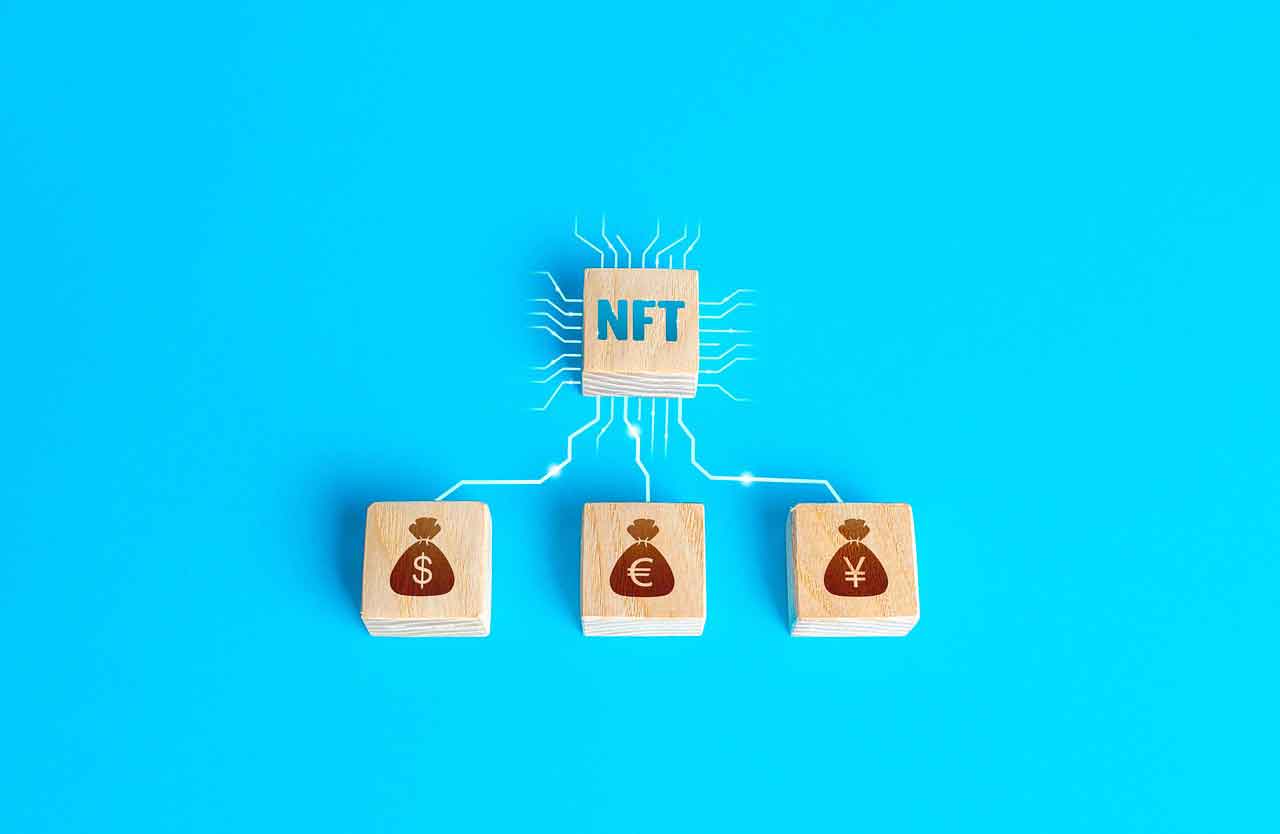Non-fungible tokens have been celebrating incredible success over the past three years. Whether it was the Bored Ape Yacht Club (BAYC) or the famous CryptoPunks: NFTs were the talk of the town. At the beginning of the hype, many market observers did not even think this success was possible, because it was not clear whether tokenized certificates on image files would have a future at all.
Table of contents
However, history has shown that NFTs met with high demand despite all the concerns and debates. And this is where the incentive for fraudsters to become active lies. The market is difficult to navigate and inexperienced investors are the ideal target to make a quick buck. As with most scams involving cryptocurrencies, it is the supposed anonymity that tempts fraudsters to become active. Blockchain forensics can be used to secure the perpetrators' traces and even track where they transfer their stolen funds.
We like to explain what an NFT scam is, how to recognize it in time, and how victims who have been ripped off by scammers can defend themselves.
What is an NFT scam?
We like to explain what an NFT scam is, how to recognize it in time, and how victims who have been ripped off by scammers can defend themselves.
Lured by the prospect of a possible profit, the unsuspecting investors acquire completely worthless tokens. The purchase price is paid in full to the fraudsters, who then often head for exchanges and brokers to convert their stolen crypto into euros, dollars or other currencies. In the process, they usually leave behind traces that can be analyzed by experts and can lead to the arrest of the perpetrators in the course of an investigation. In addition, claims for damages can s be asserted against providers who have often unwittingly conducted business with the scammers.
How does an NFT scam work?
In order to deceive their victims, scammers use various methods that are suitable for causing deception. Those who memorize their tricks are sometimes spared a painful financial loss.
In the following we would like to show how the scammers work and how investors can recognize that it is a scam.
Fake NFTs
The image files of NFTs can be copied by anybody. This is a major point of criticism, because digital ownership of the images seems impossible from this perspective. For scammers, this presents a lucrative opportunity because they can copy the images and write their own smart contracts.
This way they create a fake NFT, which actually belongs to a high-priced collection. Then they put the token up for sale on relevant marketplaces. If a buyer does not check which address the smart contract is based on, he runs the risk of buying a worthless copy for expensive money.
Although some marketplaces have now introduced an authenticity check that uses a seal to tell interested parties that the token is an original, there are still loopholes. Therefore, buyers should always be sure to verify that it is indeed an NFT from the desired collection.
False hype
Another method plays out in a gray area. NFTs are created and hype is generated on social media using bots. It is not uncommon for the scammers to convince investors that it is particularly worthwhile to issue an NFT. These minting events are actually legitimate and quite common in the market.
Investors pay a fixed amount and receive a random NFT when the collection is created. With this comes the chance to receive a particularly rare NFT. As soon as the event is over, the scammers make off with the money. The victims then hold the promised NFTs, however, they are completely worthless without further promotion or developers working in the background.
It is difficult to spot such a scam because it is hardly different from legitimate NFT projects. Because the latter also try to generate hype in order to achieve the best possible launch conditions. However, since the scammers often work in series with this method, they do not put much effort into whitepapers, websites and community channels.
Market manipulation
This is a method also known as pump and dump. The fraudsters create a collection but completely control the supply of the collection. This allows them to push the selling price in any direction. Via wash trading, they create the impression that the NFTs are actually in demand. In doing so, they buy their own NFTs themselves using various wallets.
This creates the impression that there is a profit opportunity here for investors. However, in doing so, they become victims of a scam because they are the only ones who actually put money on the table.
This form of fraud is complicated to detect. Basically, unusual price movements are an indication for this type of fraud. This is especially true when the NFT collection is completely unknown and there is no apparent reason for a sudden demand or price surge.
I have fallen victim to an NFT scam, how do I get my money back?
In order to get your money back, it is necessary to check which scam is involved and whether the fraud can be proven. This is especially the case if market manipulation is involved. In any case, the traces must be secured and documented. This can be achieved with blockchain forensics. Via various analyses, it is evaluated where the cryptocurrencies were transferred to and subsequently it can be checked what the fraudster did with the funds. This investigative work is indispensable in order to be able to assert claims for damages against fraudsters or third parties that also have been involved.
Crypto-Tracing supports you in this process and takes over all necessary investigative work and also supports you in choosing an expert lawyer. Do not hesitate to contact us if you are a victim of NFT fraud. You can use our contact form to tell us about your case. We will get in touch with you promptly and clarify with you what steps should be taken next.
FAQ about NFT fraud
What are NFTs?
NFTs (Non-Fungible Tokens) are unique digital assets based on blockchain technology. Unlike cryptocurrencies like Bitcoin, each of these tokens is uniquely identifiable and cannot be shared or exchanged. NFTs can represent digital artwork, music, videos, virtual properties and other digital content. It is therefore a kind of digital certificate of authenticity issued and managed on the blockchain.
Are Ordinals also NFTs?
The Ordinals protocol allows applications similar to those of NFTs on the Ethereum blockchain. Nevertheless, the underlying technologies are fundamentally different. Ordinals do not use smart contracts, which limits its options. That is why the overall trade volume and distribution of Ordinals is still lower.
Can you become a victim of NFT fraud if you buy an NFT on a reputable marketplace?
Although reputable marketplaces often take measures to prevent fraudulent activity, there is still some risk of becoming a victim of NFT fraud. Fraudsters may create fake profiles, offer counterfeit works, or use other sophisticated tactics to deceive unsuspecting buyers. It is important to be cautious and follow the above precautions even if you are buying from a reputable marketplace. Marketplaces like OpenSea or MagicEden offer guidance as part of prevention, including, for example, a "checkmark" to verify the authenticity of a project.
Can I get my money back if I'm a victim of NFT fraud?
The possibility of getting your money back after becoming a victim of NFT fraud depends on several factors, such as the type of fraud, identification of the perpetrator, and the legal situation. In some cases, it may be possible to take legal action or get a refund from payment service providers or marketplaces. Crypto-Tracing can help you with this in cooperation with a lawyer.




